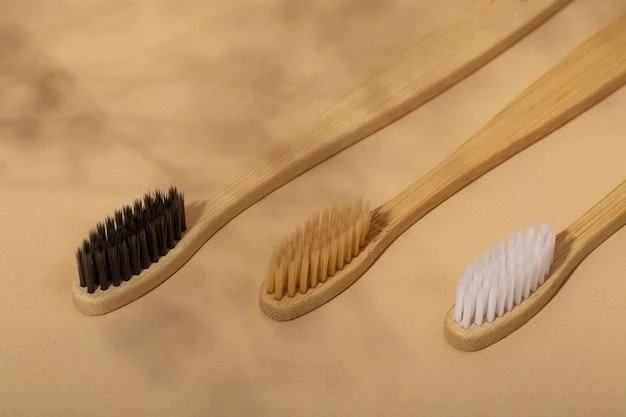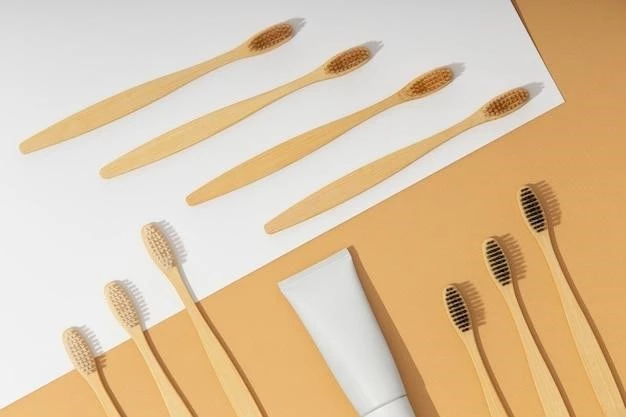The toothbrush, a seemingly simple and ubiquitous tool, boasts a surprisingly long and fascinating history. From rudimentary beginnings to modern innovations, the toothbrush has evolved alongside human civilization, reflecting our changing understanding of dental hygiene and our pursuit of a brighter, healthier smile.

Early Origins: From Chewing Sticks to Bristles
The earliest forms of tooth cleaning tools predate the toothbrush as we know it. Archaeological evidence suggests that ancient civilizations, from the Egyptians to the Greeks and Romans, employed various methods to maintain oral hygiene. These methods included chewing on sticks, often made from twigs or tree branches, to scrape away food particles and plaque. This practice, known as “chewing sticks” or “miswak,” is still prevalent in some parts of the world today.
Early civilizations also experimented with other materials, such as animal bones and feathers, for cleaning teeth. However, these early tools were often coarse and abrasive, potentially damaging the gums and enamel.
The Birth of the Modern Toothbrush: 1498
The year 1498 marks a significant milestone in the history of the toothbrush. A Chinese encyclopedia, “The Encyclopedia of the Precious Mirror,” depicted a toothbrush with a handle and a tuft of bristles. This illustration is considered the earliest known representation of a toothbrush resembling the modern version.
These early toothbrushes were made with natural bristles, typically from hog or horse hair. The bristles were often attached to a wooden or bone handle, and the overall design was rudimentary compared to today’s toothbrushes.

The 18th Century: Mass Production and Innovation
The 18th century saw the emergence of mass production techniques, which led to the wider availability of toothbrushes. In England, William Addis, a prison inmate, is credited with inventing the first commercially successful toothbrush. Addis used a bone handle and secured bristles with glue. This simple yet effective design laid the foundation for future toothbrush development.
During this period, innovations in materials and manufacturing processes gradually improved the quality and hygiene of toothbrushes. The use of boar bristles became popular, and the development of vulcanized rubber allowed for the production of more durable and waterproof handles;
The 20th Century: Nylon Bristles and the Electric Toothbrush
The 20th century witnessed a revolutionary shift in toothbrush technology. The introduction of nylon bristles in 1938 marked a significant advancement. Nylon bristles were more durable, resilient, and easier to clean than natural bristles, leading to widespread adoption. The development of synthetic bristles also paved the way for advancements in brush head design, such as the introduction of soft, medium, and hard bristle options.
In 1960, the first electric toothbrush, the “Broxodent,” was introduced. This innovation, though initially met with skepticism, revolutionized toothbrushing. Electric toothbrushes offered increased cleaning power and effectiveness, making them popular for individuals with limited manual dexterity or those seeking a more thorough clean.
Modern Toothbrushes: From Sonic to Smart
Today, the toothbrush continues to evolve. Modern toothbrushes feature advanced technologies, such as sonic and oscillating vibrations, to enhance cleaning efficiency. Smart toothbrushes, equipped with sensors and Bluetooth connectivity, provide real-time feedback on brushing habits and offer personalized guidance for optimal oral hygiene.
The history of the toothbrush is a testament to human ingenuity and our relentless pursuit of oral health. From rudimentary chewing sticks to sophisticated smart toothbrushes, the toothbrush has played a pivotal role in shaping our dental hygiene practices and ensuring a healthier smile for generations.










